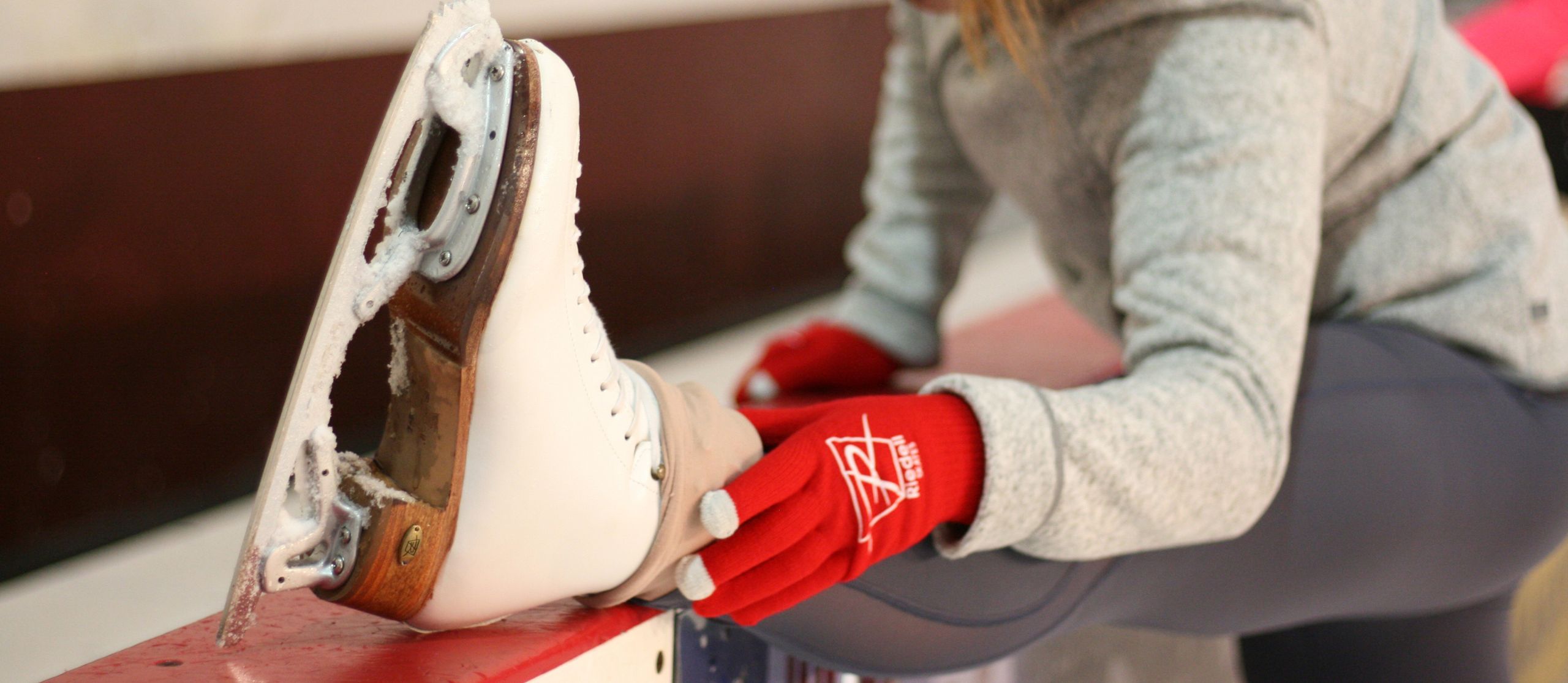What to Wear Ice Skating – A Guide for New Skaters

Embarking on the exciting journey of ice skating can be a thrilling experience for new skaters and their parents. As a beginner, it’s essential to wear appropriate ice skating clothing and gear to ensure your safety and comfort on the ice. This guide will help you understand the crucial elements of ice skating wear, with a special focus on helmets, and answer common questions about what to wear when ice skating.
Helmets: The Ultimate Head Protection
Wearing a helmet while ice skating is highly recommended, especially for beginners, as it provides vital protection against head injuries. Parents should prioritize helmets that meet either the “HECC” (Hockey Equipment Certification Council) or the “ASTM F1492” (Skateboarding) standard. These certifications guarantee that the helmet can endure multiple impacts, unlike the “CPSC” bicycle standard, which is not multi-impact rated.
A helmet is a crucial piece of equipment for both hockey players and ice skaters, as it safeguards the head from potential injuries. To ensure optimal protection, it is vital to choose a helmet that fits the wearer’s head properly. An appropriately fitting helmet should be snug but not cause discomfort, pinching, or pain. Additionally, it should cover the wearer’s forehead, temples, and ears adequately.
For those seeking alternative options, non-traditional head protection products, like Ice Halo, provide certified protection in a comfortable and stylish manner, offering a viable substitute for traditional helmets.
Facemasks: Shielding the Face
A facemask plays a vital role in shielding a player’s face from injuries during ice skating or hockey games. When choosing a facemask, look for a design that offers both sturdiness and durability to ensure it can withstand impacts without breaking or deforming. A high-quality facemask should feature robust construction materials and a secure fit, providing reliable protection for the wearer.
Moreover, an ideal facemask should offer a balance between safety and visibility, allowing players to maintain a clear line of sight and peripheral vision while on the ice. By selecting a dependable facemask, players can confidently focus on their performance and fully enjoy their time on the ice, knowing their faces are well-protected.
Clothing: Layers for Warmth and Flexibility
When dressing for ice skating, it’s important to wear layers and ensure clothing allows you to move freely. Start with moisture-wicking base layers, like thermal leggings and long-sleeve shirts, to keep you warm and dry. Add a lightweight fleece or sweater for insulation, and top it off with a waterproof, breathable outer layer, like a jacket or windbreaker. As you skate, you may warm up and want to shed layers.
Gloves: Protecting Your Hands
Keep your hands warm and protected with gloves. Waterproof and insulated options are ideal for ice skating, as they offer both warmth and protection from the ice and potential falls. Choose gloves with a good grip to help you maintain control over any equipment you might be using.
Socks: The Right Fit for Comfort and Warmth
Choose the right socks for ice skating to ensure comfort and warmth. Opt for thin, moisture-wicking socks made from materials like merino wool, polyester, or a blend of both. Avoid wearing cotton socks, as they can hold moisture and make your feet cold. It’s important not to wear socks that are too thick, as they can cause discomfort and reduce circulation, leading to cold feet. In addition, thick or loose socks can cause blisters if they get bunched up and rub on the foot.
Ice Skates: The Foundation for a Great Skating Experience
Selecting the right pair of ice skates is crucial for beginners. Ensure a proper fit by trying on skates with the socks you plan to wear while skating. The skates should be snug, but not too tight, allowing for adequate ankle support and mobility. Beginners can choose between figure skates or hockey skates, depending on their personal preferences and intended skating activities.
Additional Protective Gear: For Extra Safety
In addition to helmets, beginners might consider wearing additional protective gear, such as knee pads, elbow pads, and wrist guards. These can help prevent injuries from falls and provide an extra layer of protection as you learn to navigate the ice.
Ice skating is a fun and rewarding activity for people of all ages. By wearing appropriate ice skating clothing and gear, you’ll be able to safely enjoy your time on the ice.
Remember to prioritize head protection by selecting a helmet that meets the HECC or ASTM F1492 standards or opting for non-traditional alternatives like Ice Halo. Dress in layers, choose the right socks and gloves, and find a well-fitting pair of ice skates to ensure a comfortable and enjoyable skating experience.
